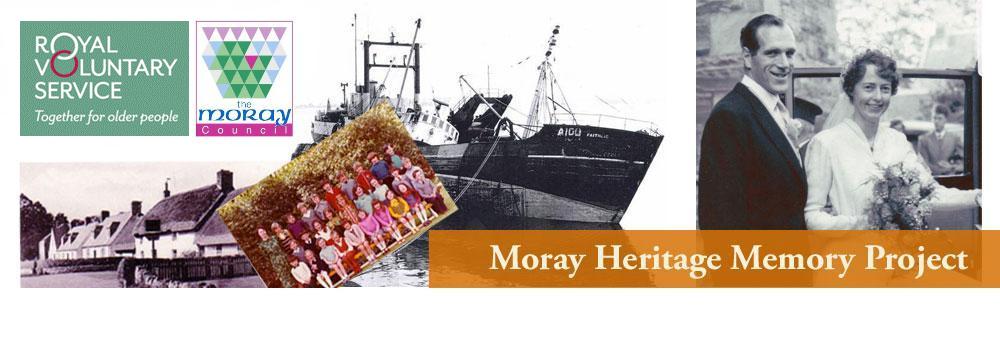 Lena’s first job was working on the family farm Belnoe Farm in the Braes on Glenlivet, Chapeltown, Ballindalloch. She was born in 1917 and lived on the farm through the 1920s and 30s. One of her jobs was to take the cows to the well. A bucket had to be lowered down the well to collect the water the cows to drink.
Lena’s first job was working on the family farm Belnoe Farm in the Braes on Glenlivet, Chapeltown, Ballindalloch. She was born in 1917 and lived on the farm through the 1920s and 30s. One of her jobs was to take the cows to the well. A bucket had to be lowered down the well to collect the water the cows to drink.
There was no running water on the farm when she was little so that was the source of water for everyone on the farm. Eventually the farm got a tap and an enamel sink in the kitchen which made life much easier. Each Saturday water was heated up and a tin bath was brought out and placed in front of the fire so everyone could have a bath.
Getting supplies
The nearest village was Auchnarrow where there was a shop. You could also to Knockando where there was a butcher’s shop. A pony and trap came around the farms with groceries including lentils and items the farm didn’t grow. Generally the farm was more or less self-sufficient. They grew corn, turnip (neeps), kale, carrots, onions, leeks and hay for bedding and fodder. Most farms got someone in if they wanted to kill an animal for meat. The animal was usually a sheep. The sheep carcass was hung outside on the farm until it was ready to be eaten. Everyone had a pig that was killed once a year. It was put in preserving stuff and hung in one of the farm’s barns for storage.
 Lena’s favourite soup was Kale soup. Other soups made on the farm were broth, lentil, potato often using stock from boiling a sheep’s head. The Sheep’s head was scraped first and then put in a stock pan and covered in water. To the stock was added lentils, peas and other vegetables. The stock was full of flavour and made the soup taste delicious.
Lena’s favourite soup was Kale soup. Other soups made on the farm were broth, lentil, potato often using stock from boiling a sheep’s head. The Sheep’s head was scraped first and then put in a stock pan and covered in water. To the stock was added lentils, peas and other vegetables. The stock was full of flavour and made the soup taste delicious.
Memory contributed by Lena MacDonald from Rothes
Additional Information
Recipe for kale soup
Recipe for Sheep’s head soup and forcemeat The latter uses the brain and the tongue so there is no waste!
Local photos of the Braes of Glenlivet
 Photos of Lena at the Then and Now Event at Cluny Primary School where she was photographed for a Northern Scot feature on the event.
Photos of Lena at the Then and Now Event at Cluny Primary School where she was photographed for a Northern Scot feature on the event.
There is a book by Isobel Grant called “The Braes of Glenlivet”. It is
available from the local library under the Local Interest section L941.223. There are copies at several libraries.

